40 Years of Aston Martin Bulldog
William Towns may be familiar to some readers. If not, you will get to know this British car designer a little better in the following lines. He began his career at Rover and drew the now legendary Rover-B.R.M. Type 00 turbine car, which competed in the La Mans 24-hour race from 1963 to 1965. In 1966 Towns moved to Aston Martin, but at the same time worked for other manufacturers such as Jensen. After he had established a new design direction at Aston Martin with the very first DBS, he then sketched the four-door saloon Lagonda, which was only produced in small numbers. While this first series was still very reminiscent of the DBS and V8 sports cars, the second series, presented in 1976, caused a worldwide sensation and made William Towns suddenly famous. The reason for this was its wedge-shaped appearance with pop-up headlights and an extremely long bonnet. Such a thing had never been seen before in the sedan sector.
Shortly after the premiere of the new Lagonda, a wealthy Arab customer contacted Aston Martin and asked if the British manufacturer would build him a unique sports car – designed by Towns, of course. The management agreed and work began on the project DP K9. The sports car owed this cryptic name to a role from the very popular television series Doctor Who. As the development work took up a great deal of time, the client withdrew from the project soon. However, Aston Martin didn’t want this extraordinary car to gather dust in a drawer as a design sketch, so they decided to turn it into a drivable prototype at their own expense. The team around Keith Martin had to move to an uncomfortable little corner of the company premises, which internally was called ‘kennel’. For this reason, the name Bulldog was quickly adopted for this one-off, which was finally officially adopted.
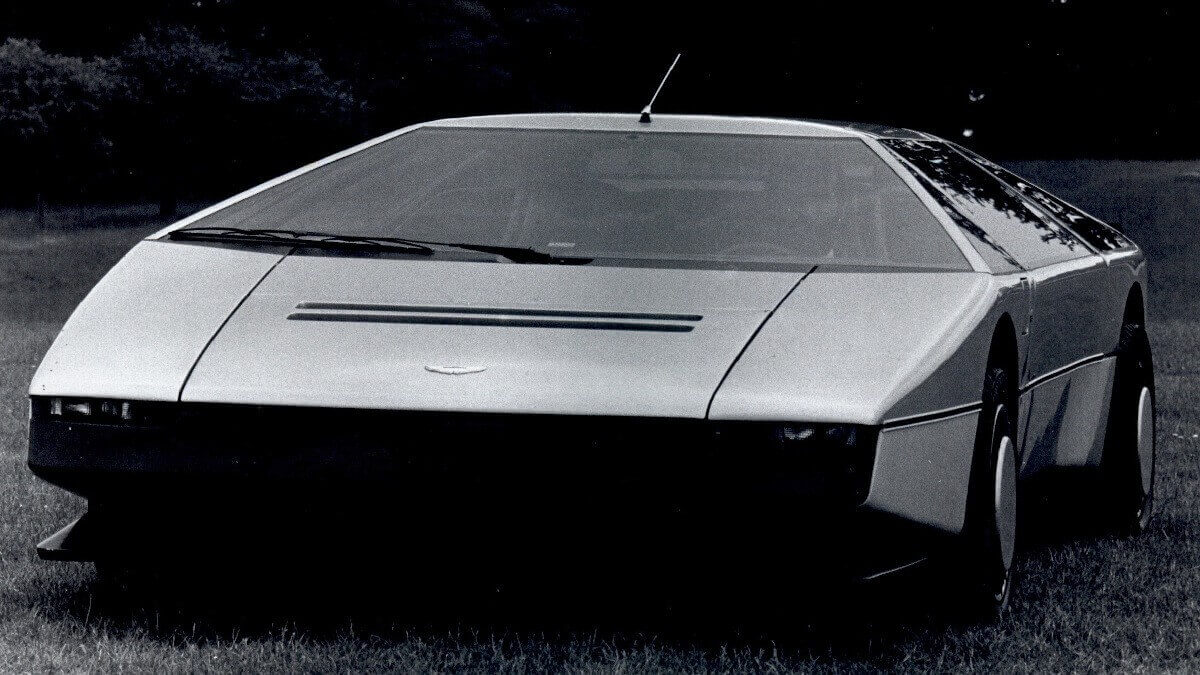



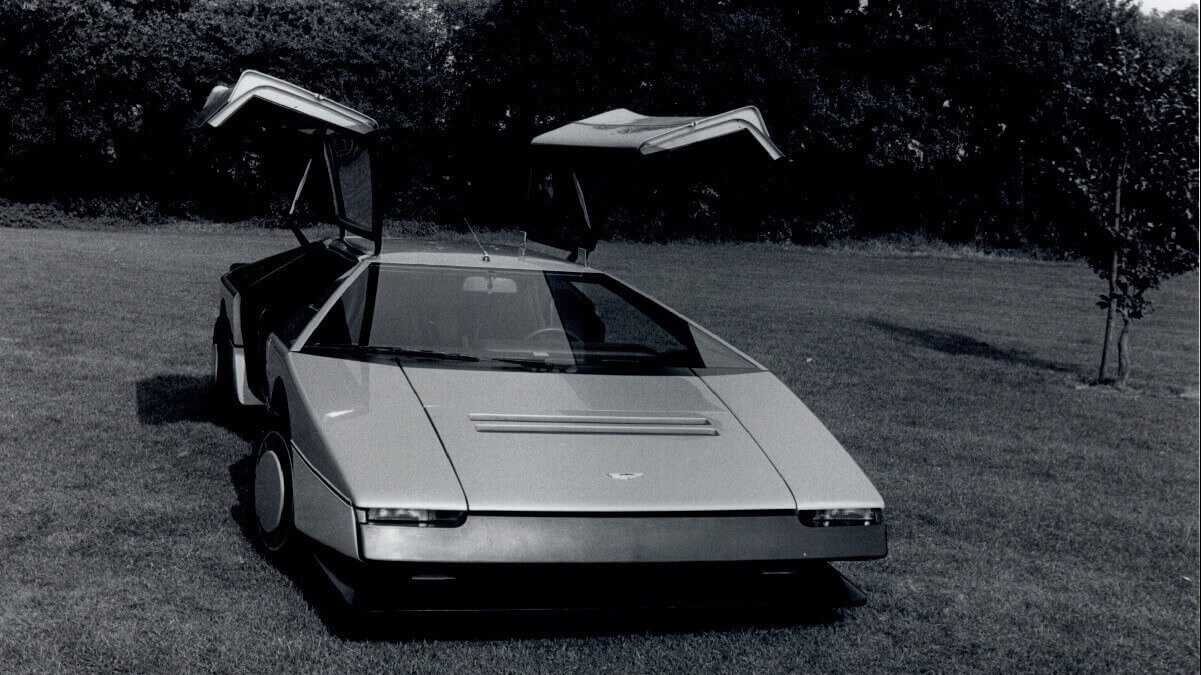



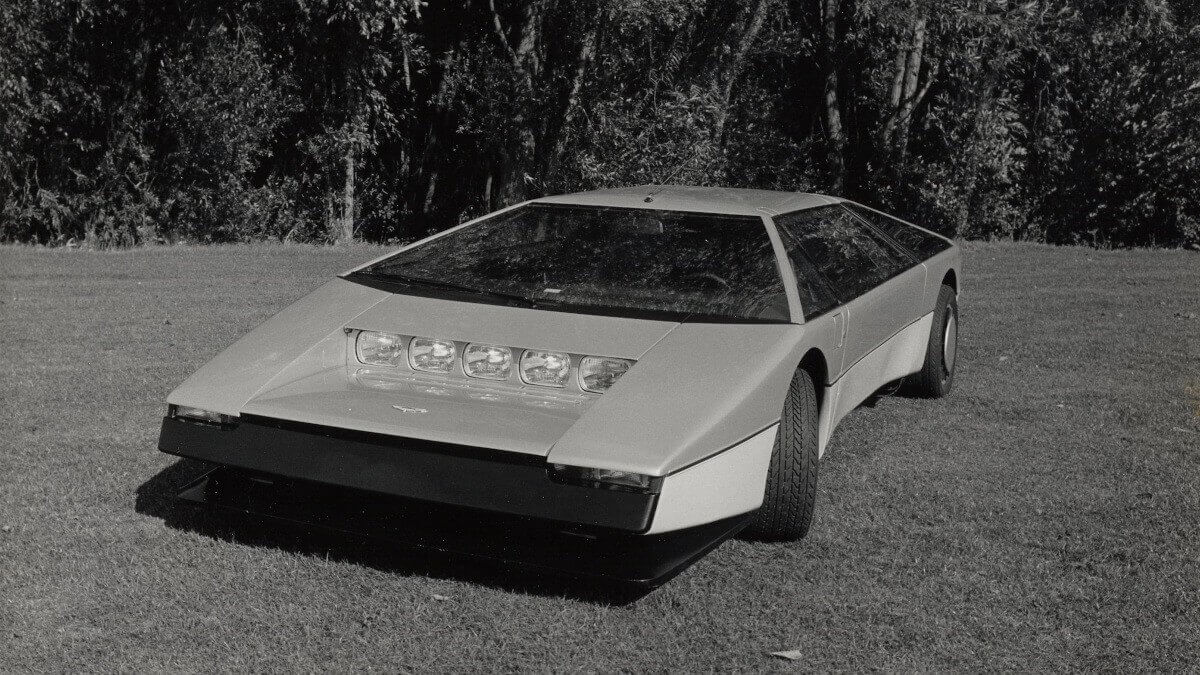



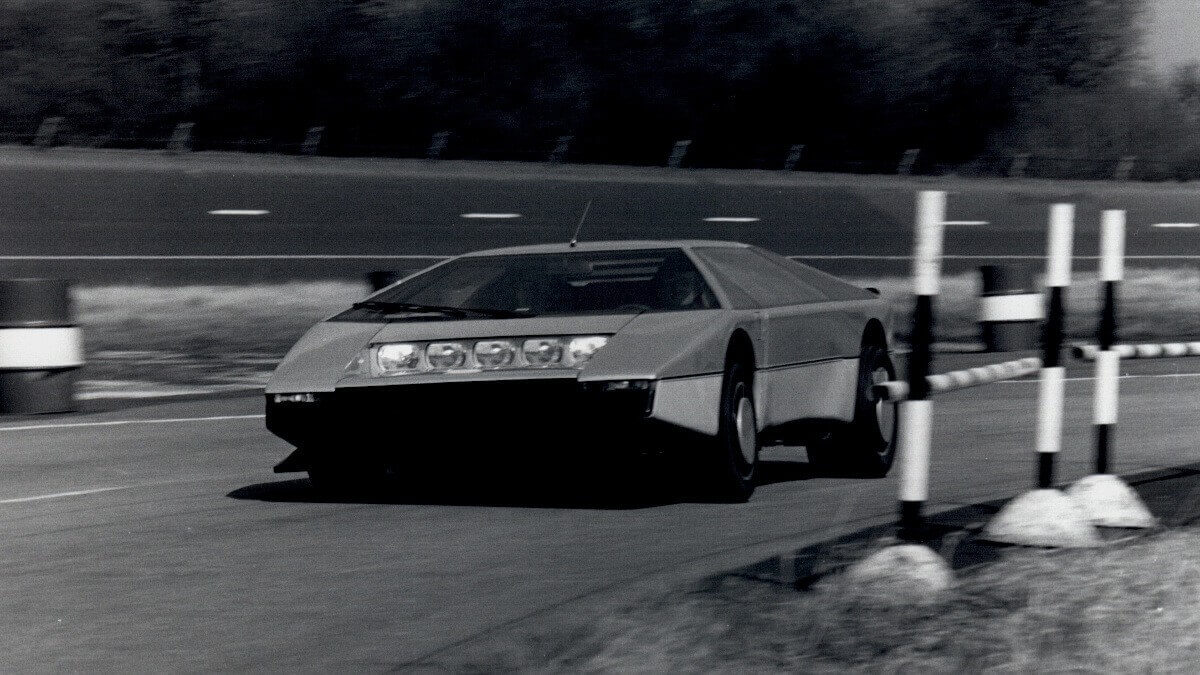



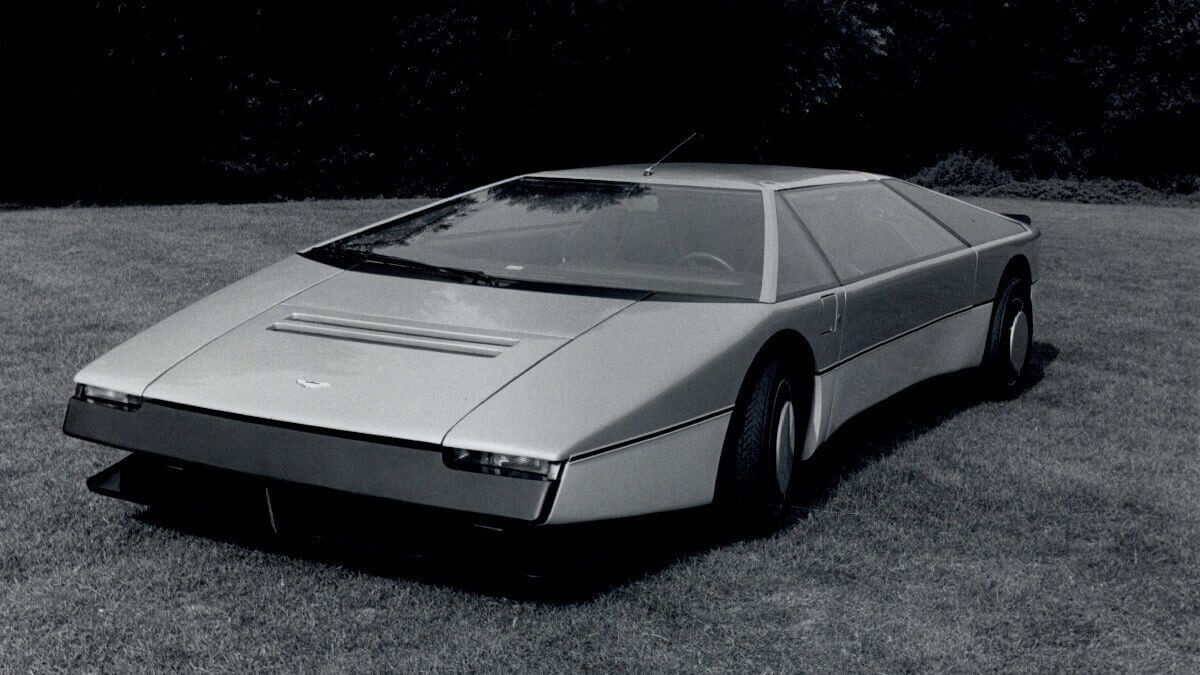



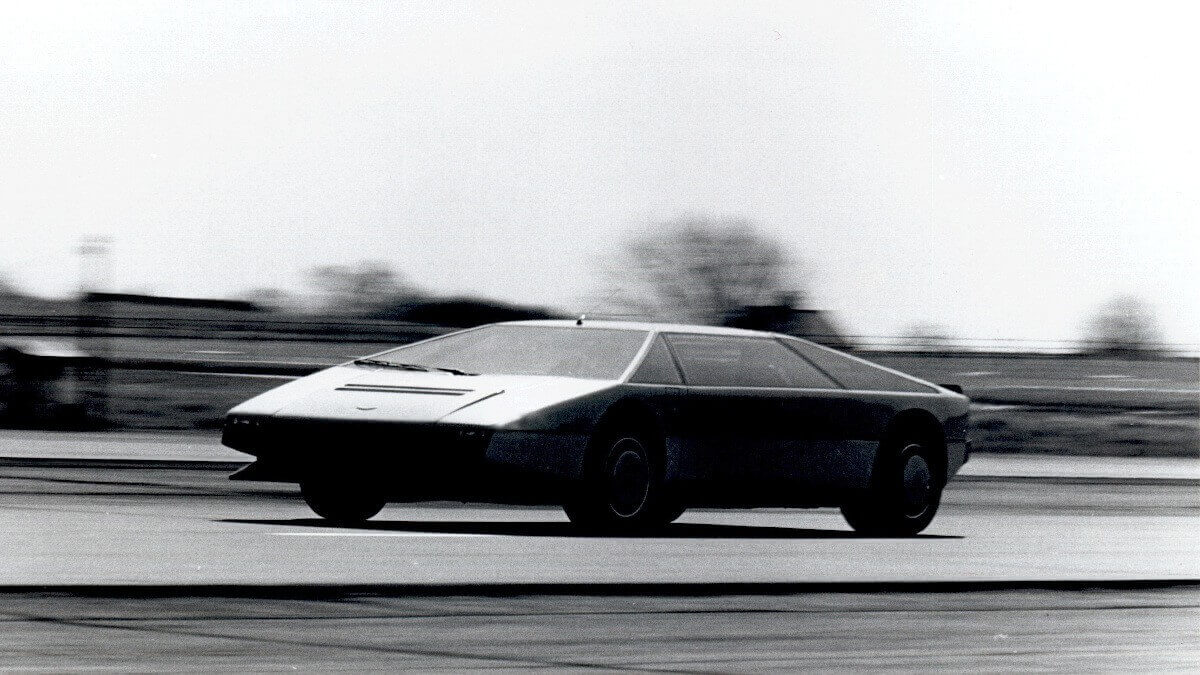



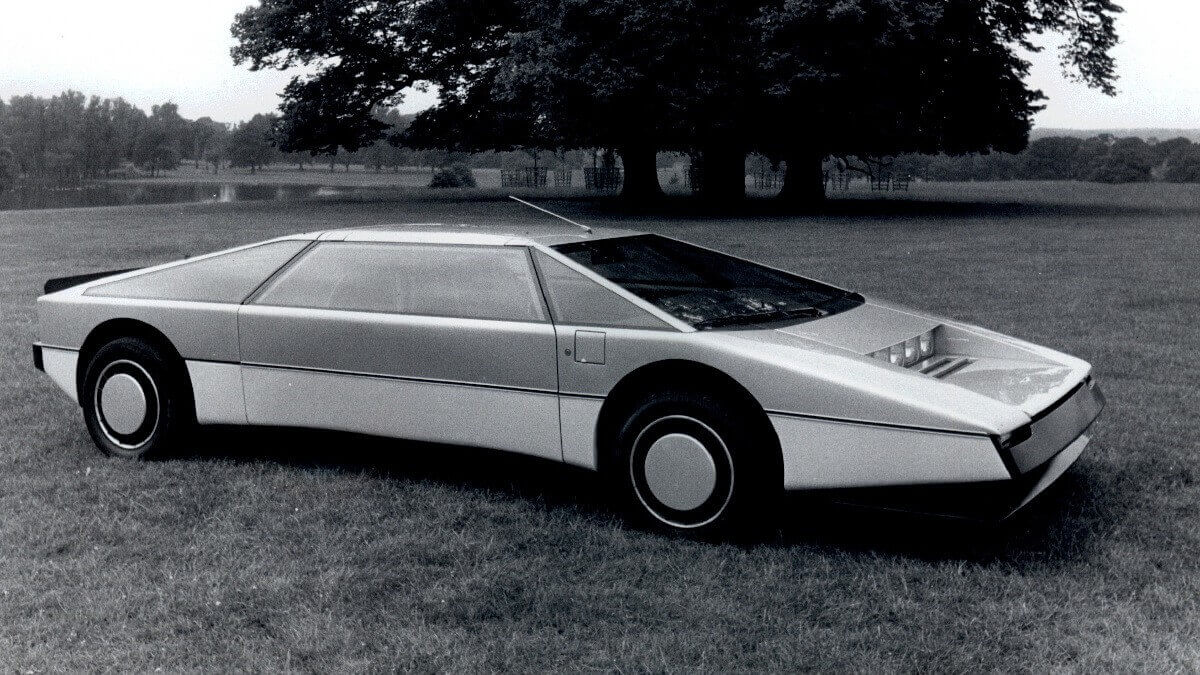



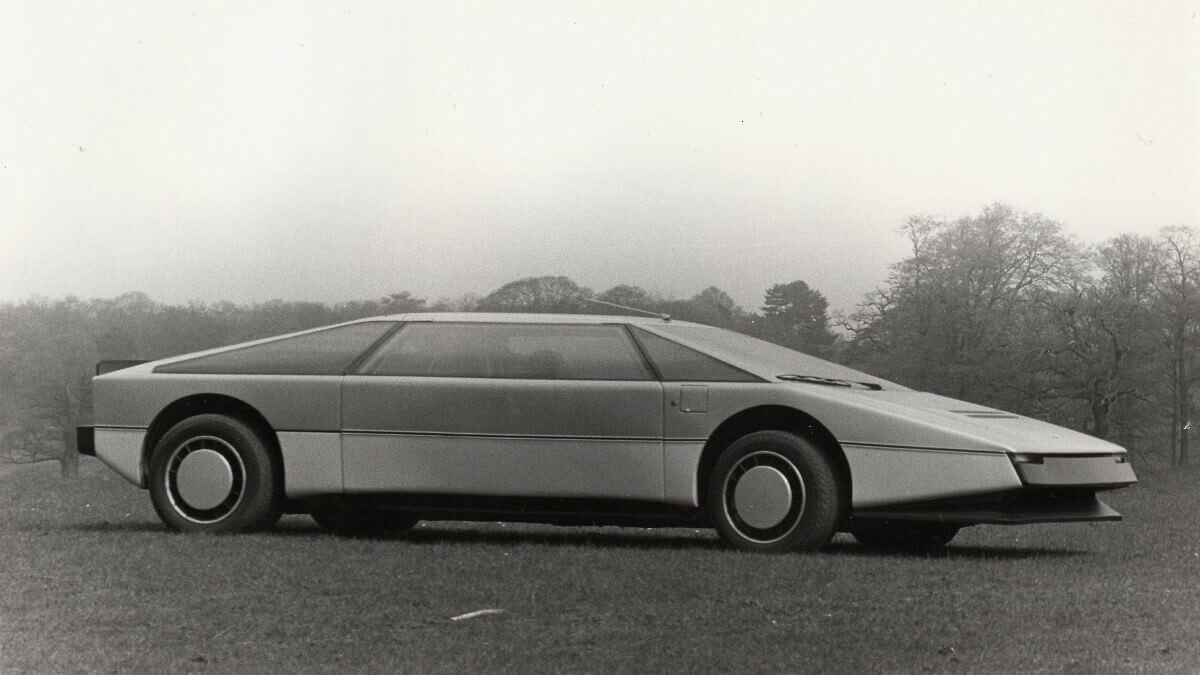



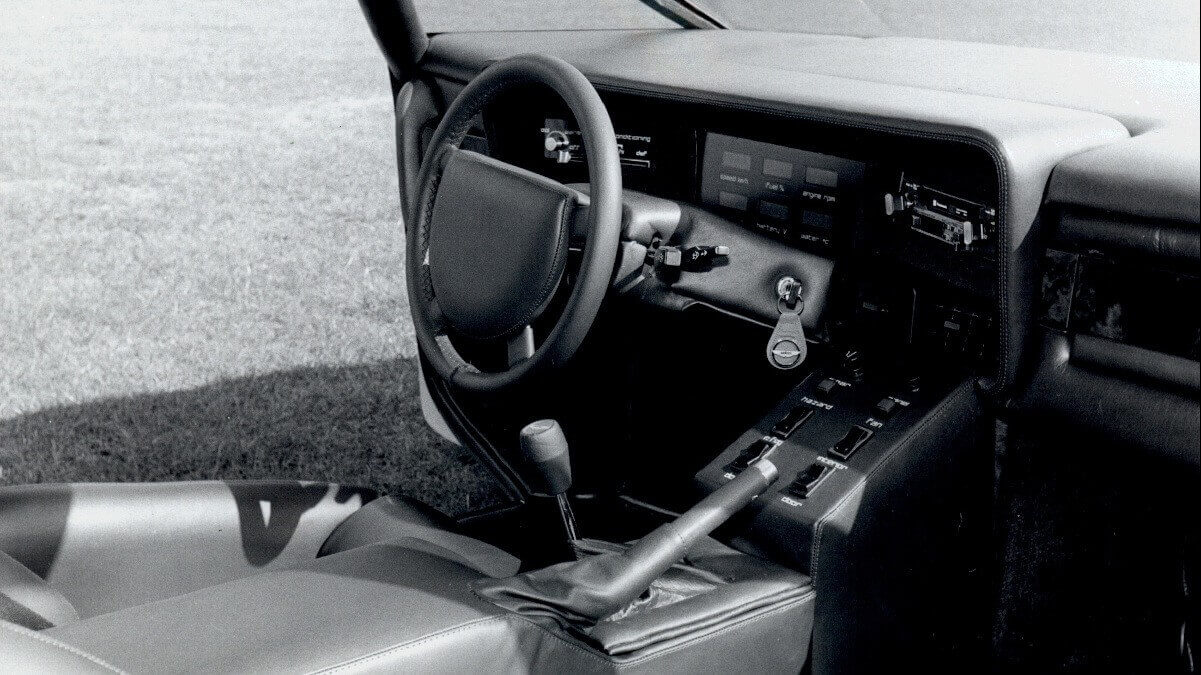



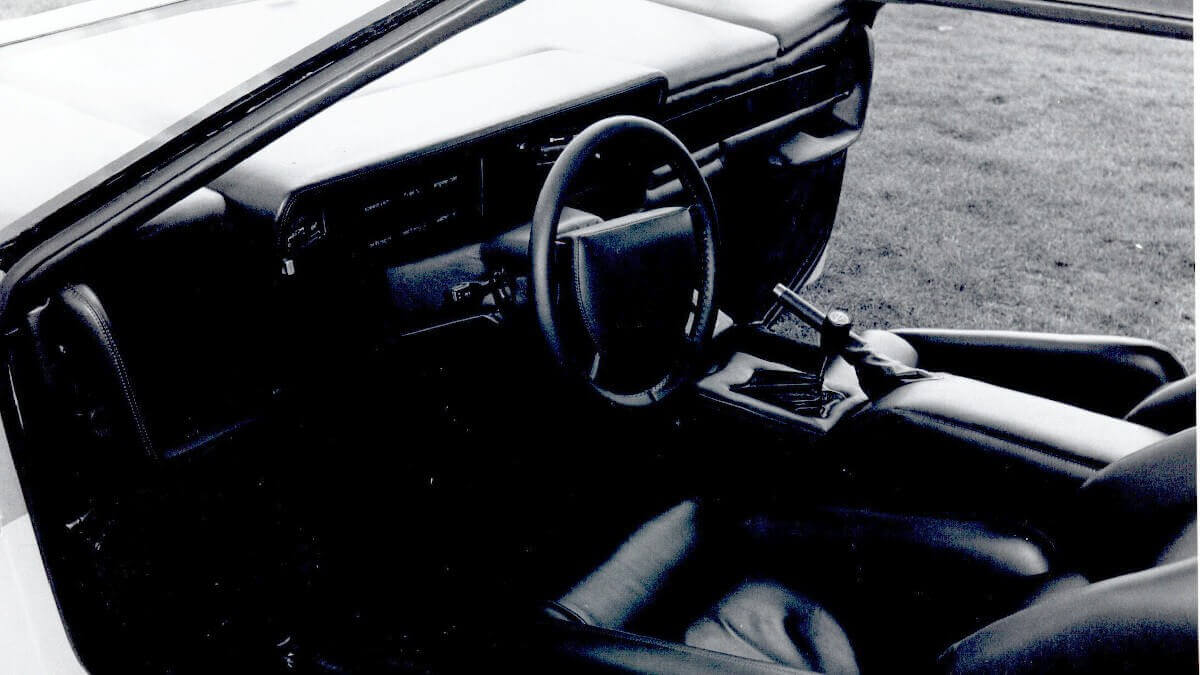



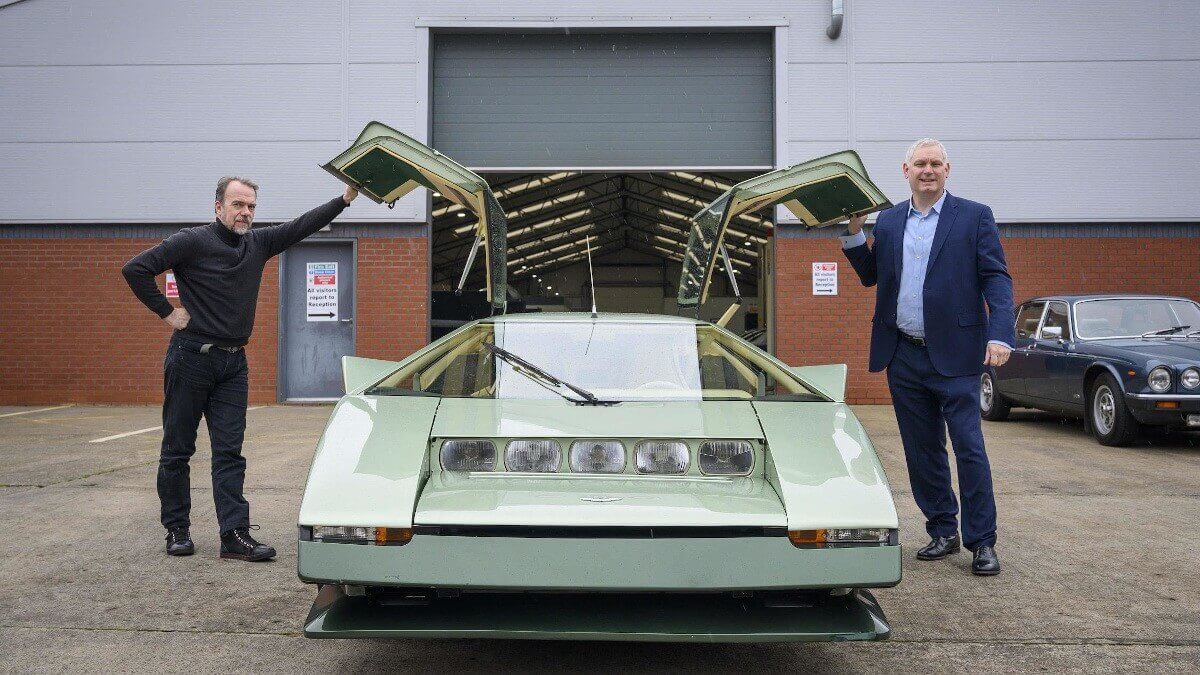



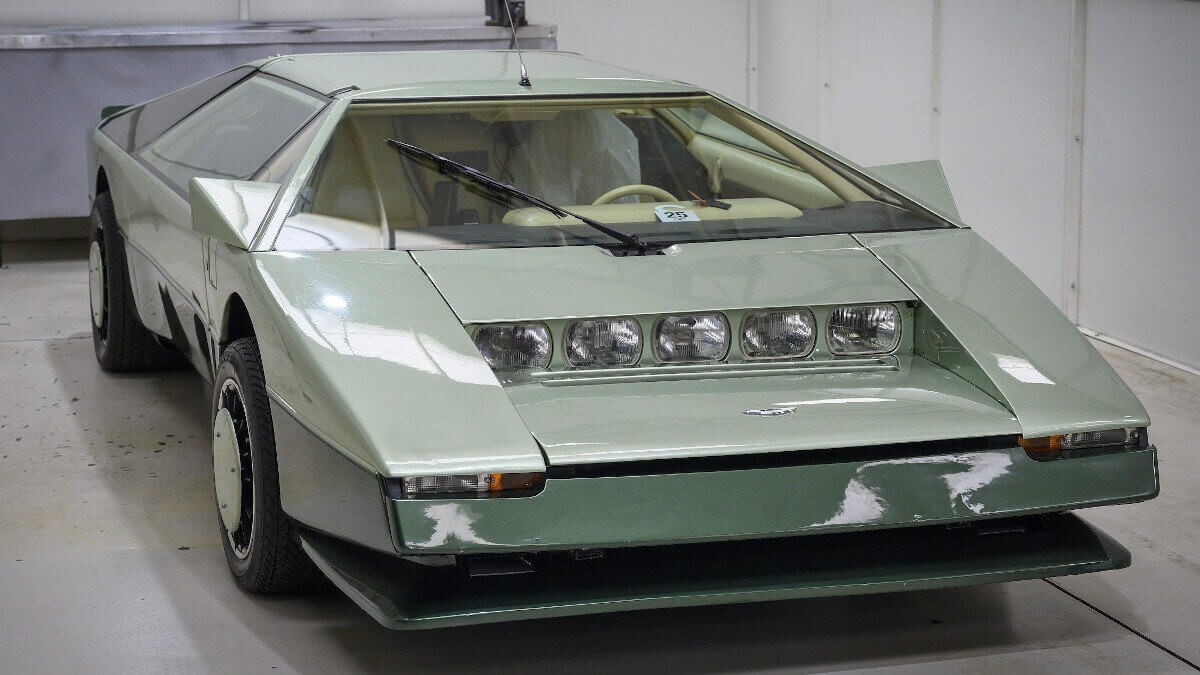



While Aston Martin was exclusively known for front-engined cars up to that time, the Bulldog was consequently planned as a mid-engined sports car from the beginning. The body, designed by William Towns, sits above a central tubular frame and rises just 1,092 millimeters above the road. For its world premiere at the Bell Hotel in Aston Clinton on 27 March 1980, it received a silver and light grey paint finish. At first glance, the front end only contains indicators and parking lights. Only when the headlights are needed does the central front section lower and release five lights arranged next to each other. Apart from the wheels, there is virtually no curvature. Even the exterior mirrors are hidden behind angular covers. For access, there are gullwing doors that extend down to the underbody. Inside, the digital instruments familiar from the Lagonda were used. Behind the seats, a 5.3-liter V8 biturbo engine drives the Bulldog via a manual five-speed gearbox to the rear wheels. Aston Martin originally promised a topspeed of more than 200 mph, but only reached 190.7 mph during test drives on the MIRA grounds in 1981.
After the car made headlines worldwide, Aston Martin sold the Bulldog to the highest bidder in 1982. This owner in the Middle East was followed by others in the USA and Great Britain. In the course of time, various modifications were made to the car. First of all, it received a monitor in the center console for the retrofitted rear view camera. Then it was repainted to a green bicolor scheme and changed from the original dark brown leather interior to a light red-brown. Later, the leather was changed again to a cream tone with a slight shade of green. The current owner now took the sports car to Classic Motor Cars Limited (CMC), where an extensive restoration will be carried out over the next 18 months. The original color scheme will be restored. At the same time, a few modern components are being incorporated to help the technology become more reliable. After this work, the owner plans a new attempt to reach 200 mph with the Bulldog. Afterwards, the car is to be shown once again at events around the world.
Images: Aston Martin, Classic Motor Cars Limited, Ed Bagnall




